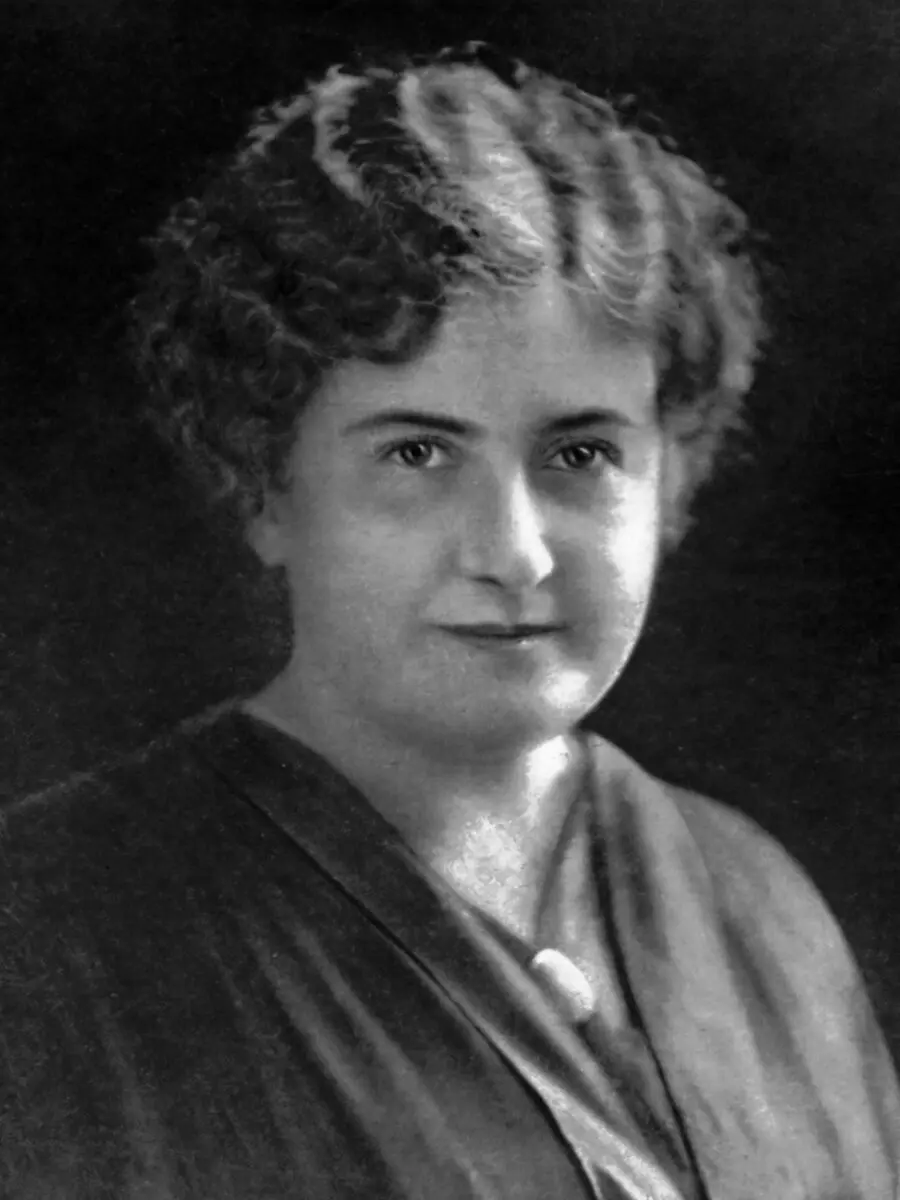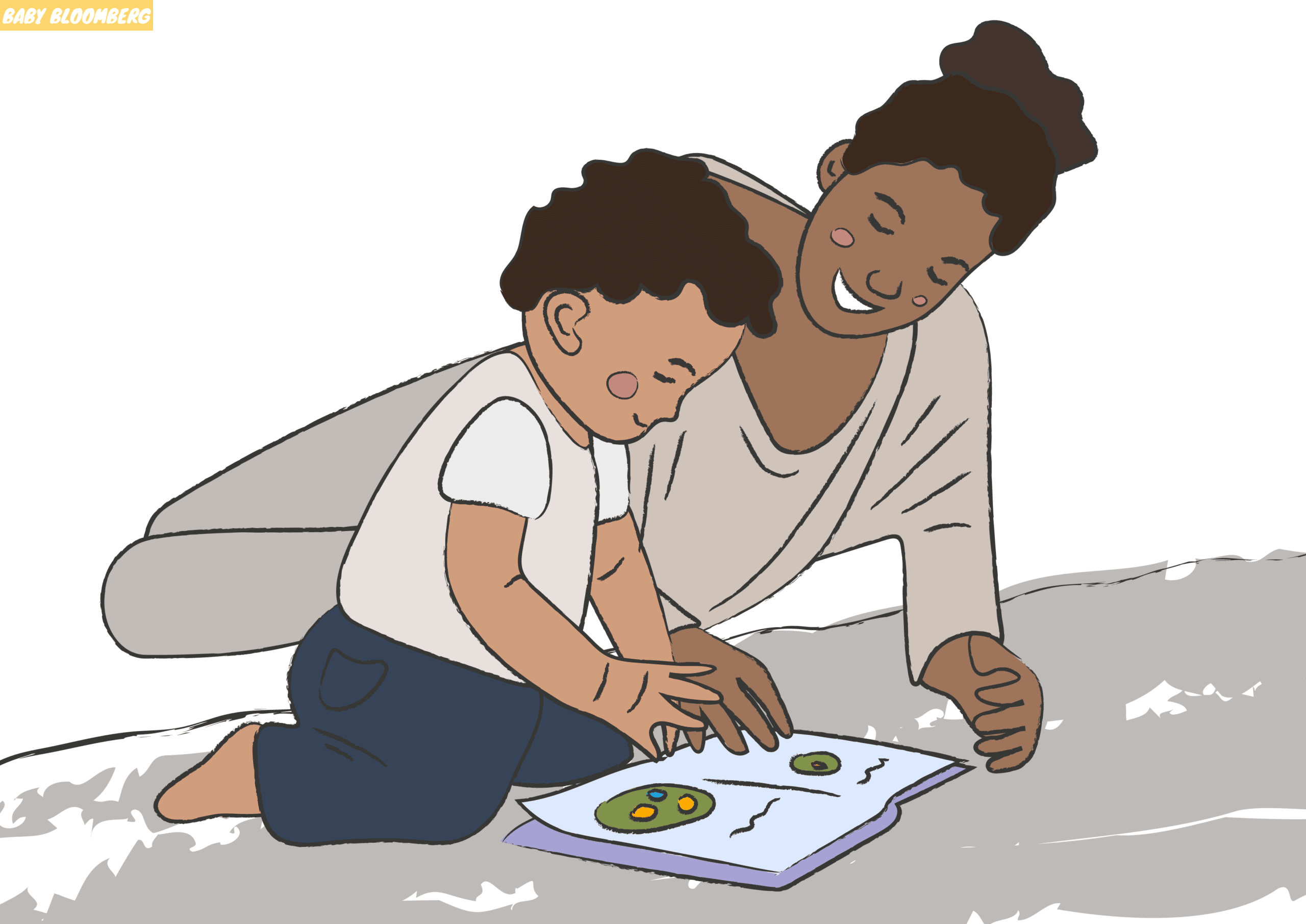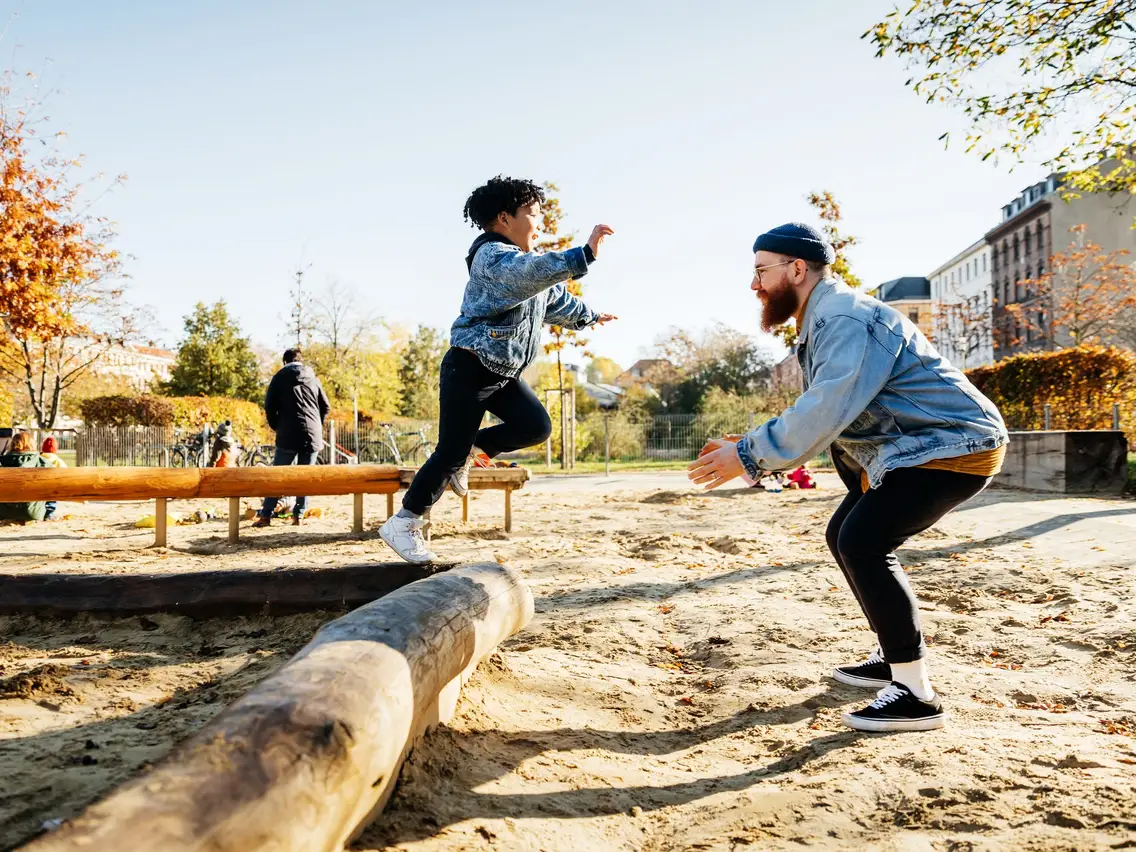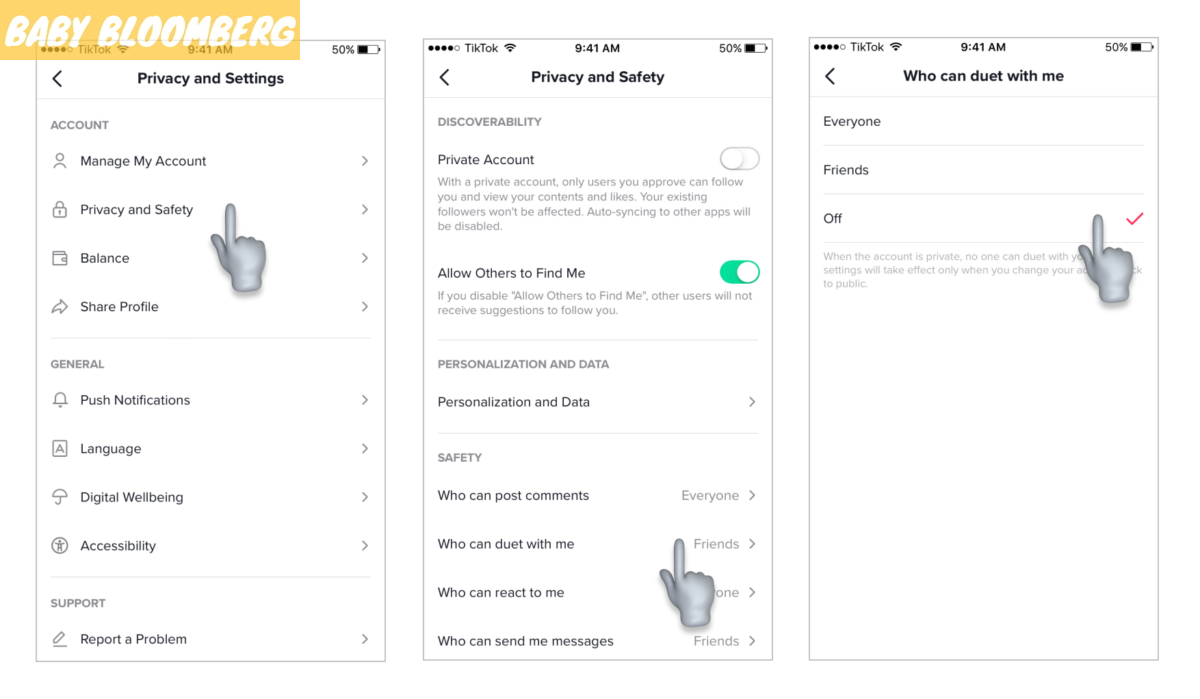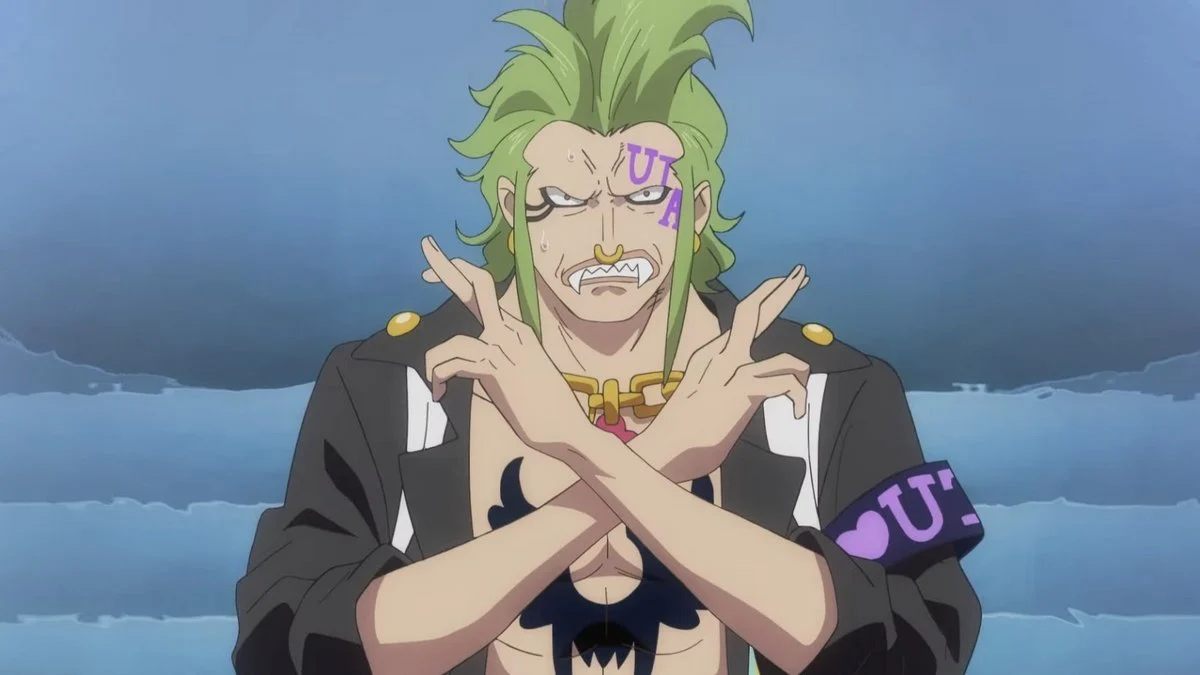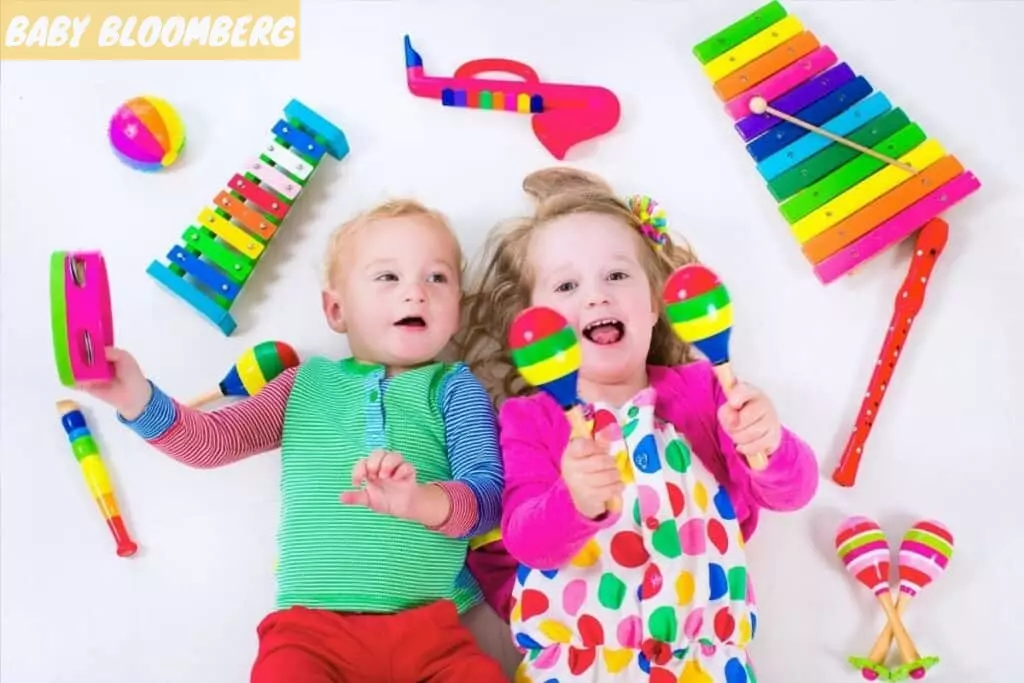Maria Montessori was an Italian physician and educator who revolutionized the field of education with her innovative approach. Born on August 31, 1870, in Chiaravalle, Italy, Montessori defied societal expectations by pursuing engineering and later becoming a doctor. She opened the first Montessori school, the Casa dei Bambini, in Rome on January 6, 1907, and her methods have since transformed thousands of schools worldwide. Montessori believed in fostering natural learning and self-teaching abilities in children, designing unique materials and creating an environment where children could thrive. This article explores the life and work of Maria Montessori, delving into her philosophy of education and the lasting impact she has had on generations of students.
1. Early Life and Education
Maria Montessori was born on August 31, 1870, in the small town of Chiaravalle, Italy. Her parents, Alessandro Montessori and Renilde Stoppani, greatly influenced her love for education and learning. Montessori’s father was an avid reader and instilled in her a passion for knowledge from a young age. Her mother, on the other hand, came from a family of intellectuals, further nurturing Montessori’s intellectual and academic growth.
At the age of 13, Montessori enrolled in a technical institute, pursuing her interest in engineering. This was considered an unconventional path for a young woman at the time, but Montessori was determined to break through traditional gender roles. However, she soon realized that her true calling lay in the field of medicine.
2. Breaking Barriers: Women in Science
Montessori’s decision to study medicine was met with resistance from her family and society, who believed that medicine was an unsuitable career for women. Undeterred, she persisted and became one of the first women to attend medical school in Italy. Montessori graduated from the University of Rome in 1896, earning her medical degree.
This achievement marked a significant milestone in Montessori’s journey, as she became a symbol of empowerment and inspiration for women around the world. Her determination to pursue a career in science laid the foundation for her future work in education, where she would continue to challenge societal norms and advocate for equal opportunities for all children.
3. Montessori’s Educational Philosophy
Montessori’s educational philosophy was shaped by her background in medicine and her observations of children’s natural tendencies and developmental stages. She believed that education should not be limited to academic learning but should also address the holistic development of the child.
Central to Montessori’s philosophy was the notion that children are active learners who possess an innate desire to explore and understand the world around them. She emphasized the importance of creating an environment that promotes independence, freedom, and self-discipline. By allowing children to learn at their own pace and according to their individual interests, Montessori believed that true education could take place.
4. The Casa dei Bambini: The First Montessori School
On January 6, 1907, Maria Montessori opened the doors of the Casa dei Bambini, the first Montessori school, in a low-income neighborhood in Rome. This groundbreaking educational institution provided a nurturing environment for children aged three to six, where they could learn and grow under the guidance of trained Montessori teachers.
The Casa dei Bambini differed significantly from traditional schools of the time. It was equipped with specially designed materials and furniture that facilitated independent learning. Montessori believed that children should have the freedom to choose their own activities, allowing them to develop concentration, coordination, and a sense of order.
5. Montessori Materials: Fostering Independent Learning
One of the key components of Montessori’s educational method is the use of specialized learning materials. These materials are carefully designed to appeal to children’s natural curiosity and engage their senses.
The materials used in a Montessori classroom are sensory-rich and encourage hands-on learning. For example, the Pink Tower is a set of ten wooden cubes of varying sizes that children can stack, developing their spatial awareness and fine motor skills. The Cylinder Blocks help children refine their visual discrimination and coordination by fitting cylinders of different sizes into corresponding holes.
These materials are not intended to be toys but rather tools for learning. They allow children to manipulate, explore, and discover concepts independently, fostering a love for learning and a sense of achievement.
6. The Prepared Environment: Creating Optimal Learning Spaces
Montessori emphasized the importance of creating a prepared environment that supports a child’s natural tendencies and fosters independence. The classroom is carefully designed to be child-centered, with materials placed at accessible heights and arranged in an aesthetically pleasing manner.
In a Montessori classroom, you will find low shelves displaying materials organized by subject. Each material has its designated space, and children are encouraged to return them after use, cultivating a sense of order and responsibility. The classroom also includes areas for practical life activities, such as pouring, dressing, and food preparation, which help children develop fine motor skills and independence in their daily lives.
The carefully prepared environment provides a peaceful and harmonious atmosphere, allowing children to concentrate on their chosen activities and engage in deep learning.
7. Application of Montessori Methods Worldwide
Maria Montessori’s educational philosophy and methods quickly gained recognition and popularity, extending far beyond the borders of Italy. Today, Montessori schools can be found in various parts of the world, including Europe, North America, Asia, and Africa.
The Montessori approach has been adapted and implemented in both public and private schools, catering to children from diverse backgrounds and cultures. Montessori-trained teachers undergo rigorous training to understand and apply the principles of the method effectively.
Montessori’s ideas have also influenced mainstream education, with many traditional schools adopting elements of her approach. Concepts such as hands-on learning, mixed-age classrooms, and fostering independence have become integral parts of progressive education models.
8. Criticisms and Controversies
Despite its widespread adoption, the Montessori method has not been without its share of criticism and controversy. Some argue that the emphasis on child-led learning may lead to a lack of structure and accountability. Others question the validity of the specialized materials used in Montessori schools, suggesting that they may be unnecessary or too focused on aesthetics.
Additionally, criticisms have been raised regarding the potential exclusivity of Montessori schools, as they tend to be more costly to attend compared to traditional schools. Critics claim that the method may be accessible only to families with higher socio-economic backgrounds, resulting in a lack of diversity in Montessori classrooms.
9. Montessori: A Legacy of Empowering Education
Over a century after Maria Montessori opened the Casa dei Bambini, her philosophy of education continues to shape the lives of countless children. Montessori schools have adapted and evolved, incorporating new research and approaches. However, the core principles of fostering independence, nurturing curiosity, and respecting each child’s unique development remain at the heart of Montessori education.
Today, Montessori’s legacy lives on through the thousands of Montessori schools worldwide, where children are encouraged to discover, create, and learn in environments that support their natural instincts.
Frequently Asked Questions
Q: What is the Montessori method?
A: The Montessori method is an educational approach developed by Maria Montessori that emphasizes hands-on learning, independence, and the natural development of children.
Q: What materials are used in Montessori schools?
A: Montessori schools use specialized learning materials, such as the Pink Tower, Cylinder Blocks, and the Moveable Alphabet, to engage children’s senses and facilitate independent learning.
Q: Are Montessori schools only for wealthy families?
A: While some Montessori schools may have higher tuition fees compared to traditional schools, there are also public Montessori programs and scholarships available, making Montessori education more accessible to a wider range of families.
Q: What age group does Montessori education cater to?
A: Montessori education spans from infancy to adolescence, with specialized programs for different age groups. The Casa dei Bambini, or Children’s House, typically caters to children aged three to six.
Q: Can Montessori methods be applied at home?
A: Yes, many Montessori principles can be applied in a home setting, such as creating a prepared environment, encouraging self-directed learning, and fostering independence in daily activities.
Q: How does Montessori education benefit children?
A: Montessori education promotes self-confidence, independence, a love for learning, and a sense of responsibility in children. It also caters to individual learning styles and allows children to learn at their own pace.
Maria Montessori’s groundbreaking work in education has left an indelible mark on the field. By focusing on the natural tendencies and developmental stages of children, Montessori created an educational philosophy that empowers and nurtures young minds. Her innovative approach and classroom materials continue to inspire educators and parents worldwide, fostering environments that support optimal learning and holistic development. From humble beginnings in Rome to thousands of Montessori schools across the globe, Montessori’s legacy lives on, shaping the future of education for generations to come.


